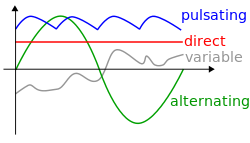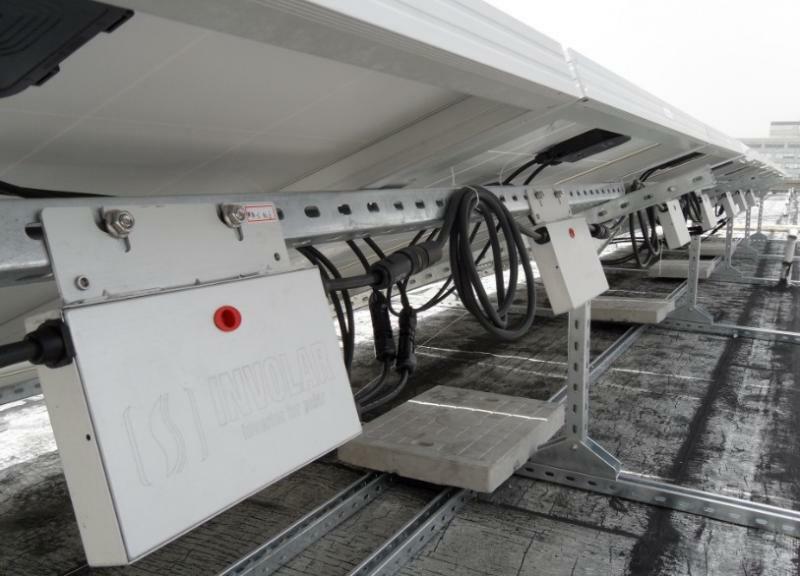AC Power: what is it?
AC Power refers to Alternating Current power and refers to electrical power flowing in alternating direction.
What is electrical power?
Power can be defined as the rate of energy consumed in a unit time. The unit of measurement of power is Watt, after the famous eighteenth century scientist, James Watt who invented the steam engine. In mechanical systems, power is known as mechanical power and is a combination of forces and movement. In electrical systems, electrical power is the rate of flow of electrical energy past a given point in a closed circuit. For our applications we will only consider the electrical power.
What is the difference between Alternating and Direct Current?
Electrical power can be classified as AC Power or Direct Current (DC) Power depending upon the direction of the flow of energy. Power which is a result of current flowing in alternating direction is termed as AC Power and one which is a result of current flowing in only one direction is called DC Power. Solar panels generate DC Power and usually the power is converted into AC Power with the use of an inverter.
What does the Alternating Current Waveform look like?
In AC circuits, the flow of electrical charge (or in other words, electrons) periodically reverses its direction. The net flow of charge is the electrical current produced. The typical waveform of alternating current is a pure sine waveas shown in the figure below.
 AC Power (green curve). Source: Wikipedia.org
AC Power (green curve). Source: Wikipedia.org
This form of power is most commonly delivered to residential and industrial customers through transmission lines. It is extremely versatile because the voltage level of AC Power can be easily changed by deploying a transformer to suit a variety of transmission needs.
Frequency
The time period in which the electrical charge travels in both direction is called a complete cycle. But this process of moving forward and backward is very, very fast. The electrical current is capable of completing many cycles in one second. The unit of measurement of an electric cycle is Hertz (Hz) and the number of cycles which the current completes in a second is called the frequency of the current. The typical frequency in North American countries is 60 Hz, which means that the current is completing 60 cycles in one second. European and a lot of other countries have 50 Hz as their standard.
Advantages of Alternating Power
One reason of using AC power on such a wide scale is its flexibility. It is very easy to change the voltage levels of AC power using a transformer. Electricity transmitted at a higher voltage level has significantly lower losses. For any constant current, the power transmitted is directly proportional to the voltage level. This means that the same amount of power could be transmitted with a lower current by stepping up the voltage. The losses are directly proportional to the square of the current, so when the current flowing is lower, the losses in the transmission lines are less. This is the reason why electricity is transmitted, in a very cost efficient manner, from the power plants to our homes, over long distances, at high or ultra-high voltage levels.
 Solar panels with micro-inverters Source: solarpwr.cn
Solar panels with micro-inverters Source: solarpwr.cn
AC Power and the solar industry
Alternating current is the form of electricity, businesses and households are supplied with, therefore the DC power of a solar panel must be converted into usable AC power using a solar inverter. So called AC solar panels or plug-and-play panels are a recent trend in the industry and are basically DC solar panels with integrated micro inverters. Even though not widespread yet, the technical advantages of micro-inverters are a serious threat to the classical string and central inverters. The advantage with those AC solar panels is their flexible installation, handling and easy of replacement in case of defects.
